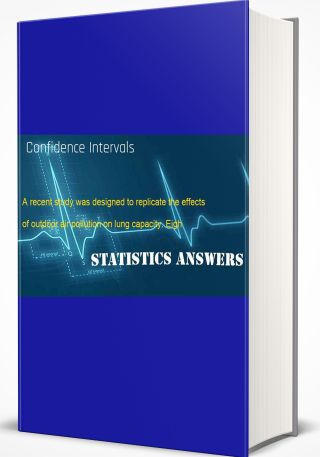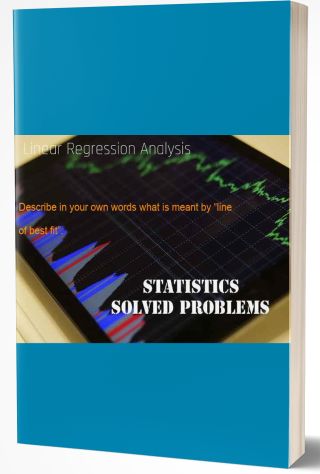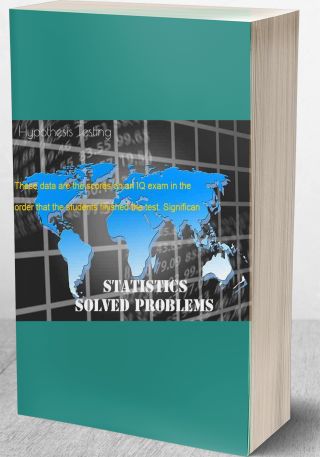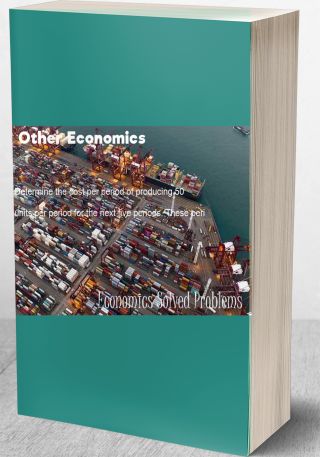A recent study was designed to replicate the effects of outdoor air pollution on lung capacity. Eigh
Question: A recent study was designed to replicate the effects of outdoor air pollution on lung capacity. Eight volunteers spent an hour in an isolation chamber breathing purified air, and then had their lung capacity measured. A week later, the same volunteers returned for the second phase of the study, where they spent an hour in the isolation chamber breathing polluted air containing (controlled levels of) carbon dioxide and particulate matter. The volunteers’ lung capacity was measured again after this experiment. The following table reports the results of the two sets of lung capacity measurements:
| Volunteer | Lung capacity – purified air | Lung capacity – polluted air |
| 1 | 5.6 | 5.4 |
| 2 | 6.1 | 6.0 |
| 3 | 6.0 | 5.7 |
| 4 | 6.2 | 5.9 |
| 5 | 5.7 | 5.6 |
| 6 | 5.9 | 5.9 |
| 7 | 6.0 | 5.9 |
| 8 | 6.1 | 5.7 |
a) If you were to test the hypothesis that lung capacity diminished after exposure to polluted air, what type of test statistic would you use and why?
b) Conduct the hypothesis test described in part a) using the p-value approach.
(HINT: Sd = 0.14, or somewhere around that depending on how you round off your calculations.
You can check your calculations with this value, but be sure to show your calculations for it.)
c) Construct a 95% confidence interval for the difference between the mean lung capacity after exposure to purified air and the mean lung capacity after exposure to polluted air.
Deliverables: Word Document



![[Solved] Determine if the outcome is unusual. Consider as unusual any result that differs from the mean by mo #5146 Hypothesis Testing - Z test](/images/downloads-images/featured/Statistics-question-16035.jpg)
![[Solved] Please explain what it means to standardize a measure, and give an example of a standardized measure #18792 Hypothesis Testing - T test](/images/downloads-images/featured/Statistics-question-6649.jpg)


